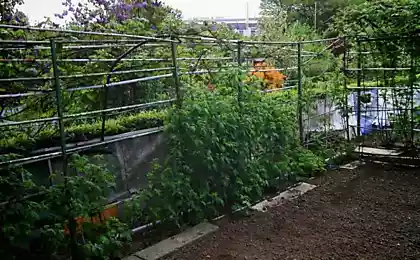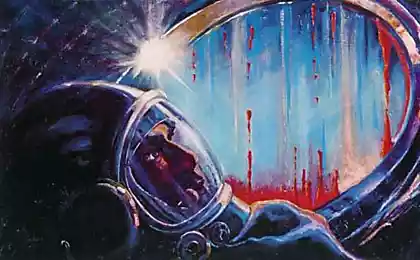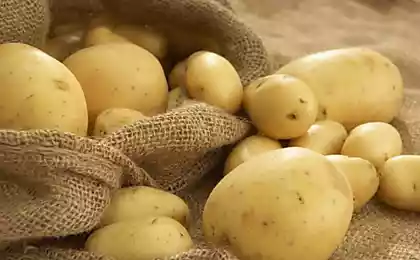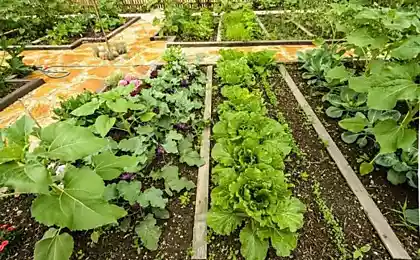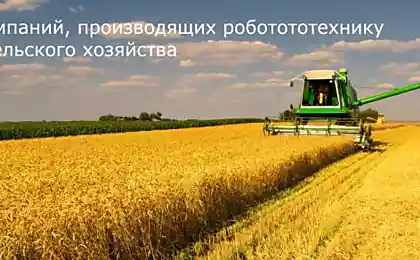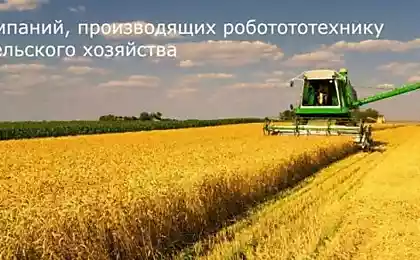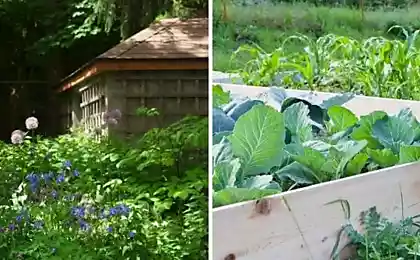186
Last year, they didn't know where to put the beans after planting, the pledge of a rich harvest is already in your kitchen.
Beans are an excellent protein supplement to our diet. By the way, we have recently written about its anti-crisis advantages. On the one hand, the unpretentiousness of beans makes its cultivation accessible even to beginner gardeners. But on the other hand, caring for her still has its own characteristics. So we decided to tell you when and how to plant beans in the open ground.

Beans are unpretentious and feel good even along the fence or between rows of cucumbers. But at the same time it has a thermophilic nature and does not like late frosts.

The soil on the site should be loose and not acidic. Excess nitrogen is also undesirable. The fact is that the tuberous bean bacteria themselves accumulate nitrogen. And its excess will lead to the development of a green mass at the expense of fruits.

In one place, beans are advised to grow no more than once every 3-5 years. Forerunners are very important. Well, if it will be cucumbers, carrots, beets, potatoes.
Determining the timing of landing, you need to focus on the approximate date of possible cooling. For example, if frost is expected on May 7, then you need to plant seeds no earlier than the 1st.

Soil temperature must also be taken into account. Bean seeds begin to develop at 10 degrees of heat. If the temperature is lower, the germination of seeds, and therefore the harvest, will decrease sharply.
For a generous harvest, you need to plant only healthy and high-quality beans. Therefore, before planting it is necessary to exclude empty and pest-affected grains. Make it easy. Dilute 5 grams of salt in half a glass of water. Then put the seeds in that water.

Full-weight will sink to the bottom, and spoiled will float to the surface. For accelerated germination of seeds, they must be soaked and heated before planting. You can fill the seeds in a thermos with hot water, twist the lid and leave for 10-15 hours. Swollen seeds will sprout. This means that the beans will grow faster and friendlier.
Before the formation of buds, watering should not be more than once a week. At the stage of 4-5 leaves, watering should be stopped and resumed only with the beginning of flowering. The first feeding is needed 12 days after planting. For her, dilute 2 tablespoons of organic fertilizer "Humat potassium" in a bucket of water. Water at the rate of 3 liters per square meter of beds.

For the second feeding, liquid mineral fertilizer "Intermag" is suitable. Dilute a tablespoon of the remedy in 10 liters of water. Water under the root 12 days after the first feeding. A good effect is to spray plants with a growth stimulant "Energen". Dilute one capsule in 5 liters of water and treat the beans every 20 days.
What about pests? If the seeds of the beans have not grown, try to excavate the crops. Most likely, you will see that the grains are wrapped in a tangle of thin white worms. These are nematodes - underground pests that easily destroy sprouts on seeds.
To get rid of such a scourge, there is a proven method. Before sowing beans, sprinkle ground pepper into the furrows. There is another simple way - watering the soil on the eve of planting boiling water. At high temperatures, nematodes die, and their number on the site is markedly reduced. However, the soil for this should be soaked in hot water to a depth of at least 15-20 centimeters.
Harvesting beans
Green bean pods are ready to eat when the seeds are just beginning to grow. If you harvest later, then the food is no longer pods, but the seeds of the plant. In case of prolonged rains, you need to cut the bushes whole and hang on drying. It is better to leave the roots in the ground, they will serve as a good fertilizer.
Guided by these simple tips, you can improve your harvest. A generous harvest of beans in conditions of shortage of other products can become the basis for many hearty and tasty dishes.

Beans are unpretentious and feel good even along the fence or between rows of cucumbers. But at the same time it has a thermophilic nature and does not like late frosts.

The soil on the site should be loose and not acidic. Excess nitrogen is also undesirable. The fact is that the tuberous bean bacteria themselves accumulate nitrogen. And its excess will lead to the development of a green mass at the expense of fruits.

In one place, beans are advised to grow no more than once every 3-5 years. Forerunners are very important. Well, if it will be cucumbers, carrots, beets, potatoes.
Determining the timing of landing, you need to focus on the approximate date of possible cooling. For example, if frost is expected on May 7, then you need to plant seeds no earlier than the 1st.

Soil temperature must also be taken into account. Bean seeds begin to develop at 10 degrees of heat. If the temperature is lower, the germination of seeds, and therefore the harvest, will decrease sharply.
For a generous harvest, you need to plant only healthy and high-quality beans. Therefore, before planting it is necessary to exclude empty and pest-affected grains. Make it easy. Dilute 5 grams of salt in half a glass of water. Then put the seeds in that water.

Full-weight will sink to the bottom, and spoiled will float to the surface. For accelerated germination of seeds, they must be soaked and heated before planting. You can fill the seeds in a thermos with hot water, twist the lid and leave for 10-15 hours. Swollen seeds will sprout. This means that the beans will grow faster and friendlier.
Before the formation of buds, watering should not be more than once a week. At the stage of 4-5 leaves, watering should be stopped and resumed only with the beginning of flowering. The first feeding is needed 12 days after planting. For her, dilute 2 tablespoons of organic fertilizer "Humat potassium" in a bucket of water. Water at the rate of 3 liters per square meter of beds.

For the second feeding, liquid mineral fertilizer "Intermag" is suitable. Dilute a tablespoon of the remedy in 10 liters of water. Water under the root 12 days after the first feeding. A good effect is to spray plants with a growth stimulant "Energen". Dilute one capsule in 5 liters of water and treat the beans every 20 days.
What about pests? If the seeds of the beans have not grown, try to excavate the crops. Most likely, you will see that the grains are wrapped in a tangle of thin white worms. These are nematodes - underground pests that easily destroy sprouts on seeds.
To get rid of such a scourge, there is a proven method. Before sowing beans, sprinkle ground pepper into the furrows. There is another simple way - watering the soil on the eve of planting boiling water. At high temperatures, nematodes die, and their number on the site is markedly reduced. However, the soil for this should be soaked in hot water to a depth of at least 15-20 centimeters.
Harvesting beans

Green bean pods are ready to eat when the seeds are just beginning to grow. If you harvest later, then the food is no longer pods, but the seeds of the plant. In case of prolonged rains, you need to cut the bushes whole and hang on drying. It is better to leave the roots in the ground, they will serve as a good fertilizer.
Guided by these simple tips, you can improve your harvest. A generous harvest of beans in conditions of shortage of other products can become the basis for many hearty and tasty dishes.
Vitamins on the windowsill, or How I grow microgreen at home
In our family, all boys are named after their grandfathers, but the daughter-in-law does not agree to continue the tradition.


